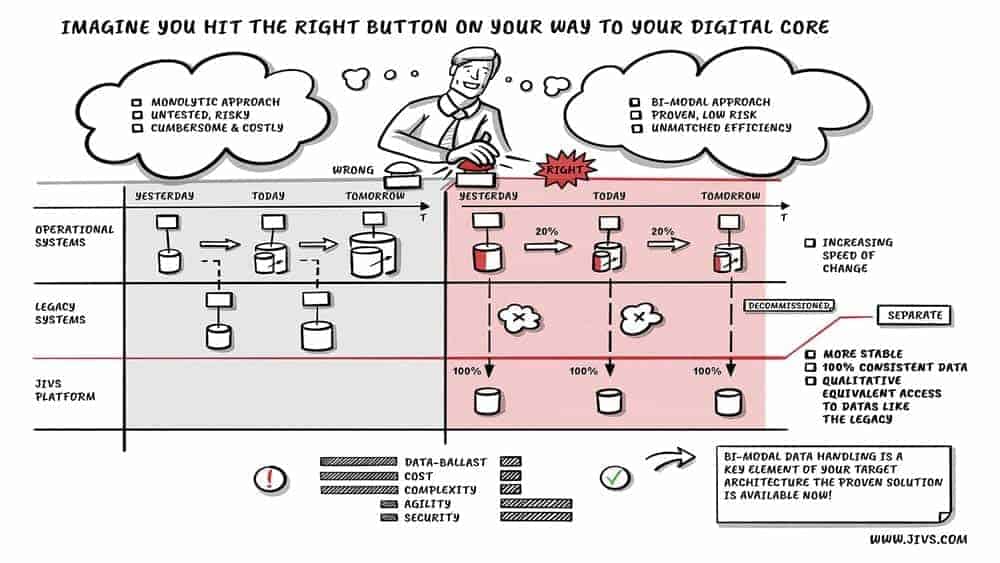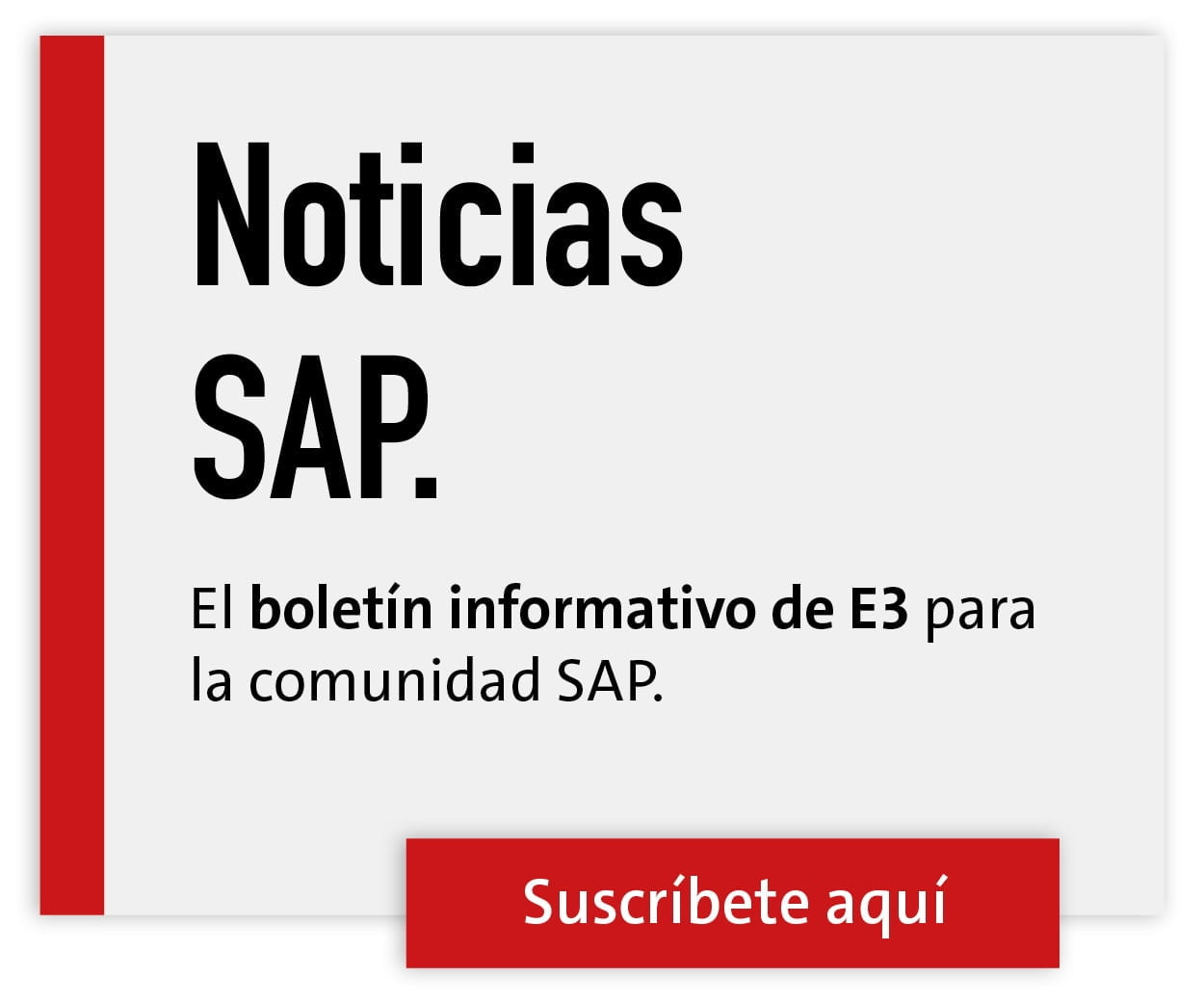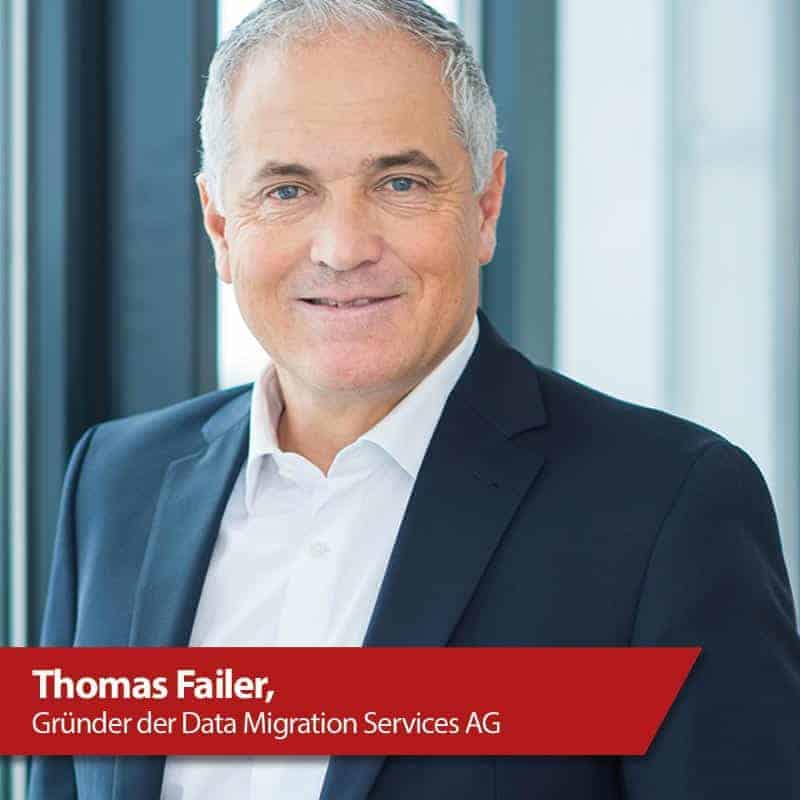Greenfield, brownfield or other? Information management!


To be clear: The question is not wrong, but incomplete. Because which of the two approaches is the best for the respective company is not only decided at the level of configurations and individual developments, between the adoption of existing customizations and the return to the SAP process standard.
Rather, it is also necessary to take into account the huge mountain of data and documents, including their business logic, that has accumulated over years and sometimes decades in the legacy systems. This is the second decisive level of the greenfield and brownfield problem.
Should one remove the mountain, load it, transport it to its destination and pile it up again (brownfield)? Should one bypass it, leave it behind and start anew on the greenfield?
The answer at this second level facilitates the decision at the first. Existing SAP customers know: Migration to S/4 Hana and digitization projects based on it succeed most easily and best if they start the new software generation with only the most current data and documents required in day-to-day business.
But what is entirely correct as a goal at the application level cannot be transferred one-to-one to the data level. This is because data from enterprise applications is always in a business context which, for legal reasons, must be preserved along with the data for the period of the legally prescribed retention periods. At the level of the data, then, it is less a question of agility than of stability.
When switching to SAP S/4 Hana, the problem of having to continue to operate legacy systems for legal reasons arises again, and in an aggravated form at that.
But how can the opposing goals of agility and stability be reconciled? With the help of a new approach: a different architecture for the application landscape that separates legacy data and documents from the agile apps of the future.
The key element of this new architecture is a separate system-independent environment for data, documents and their business context that are no longer required in the operational systems. Such an environment ensures the stability provided at the data level.
At the same time, it increases legal and IT security. This explicitly includes the targeted deletion of data and documents - one of the key requirements of the European General Data Protection Regulation (EU GDPR).
The legacy applications can be switched off, resulting in operational savings compared to their continued operation of usually 80 percent and more. At the same time, the information remains 100 percent accessible and legally secure.
 As part of the target landscape, a system-independent information management platform also provides companies with the financial and human resources to accelerate migration and meet the 2025 deadline.
As part of the target landscape, a system-independent information management platform also provides companies with the financial and human resources to accelerate migration and meet the 2025 deadline.
This is particularly important for those companies that do not want to forego the advantage of individual customizations and in-house developments even in the new software generation from SAP and therefore choose a brownfield approach.
With the JiVS-IMP platform, they can provide the right answer, giving them freedom of choice at the level of configurations and customizations.








